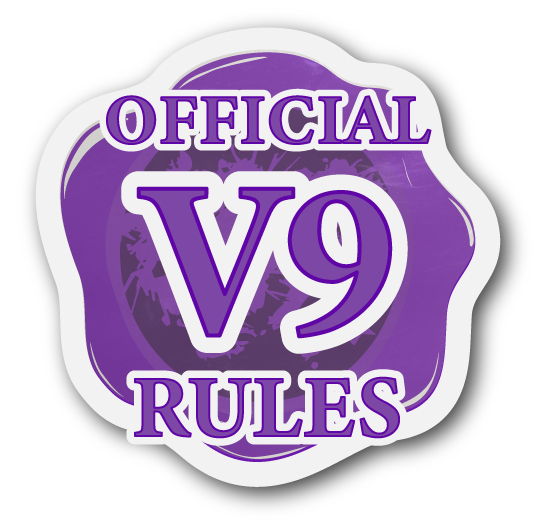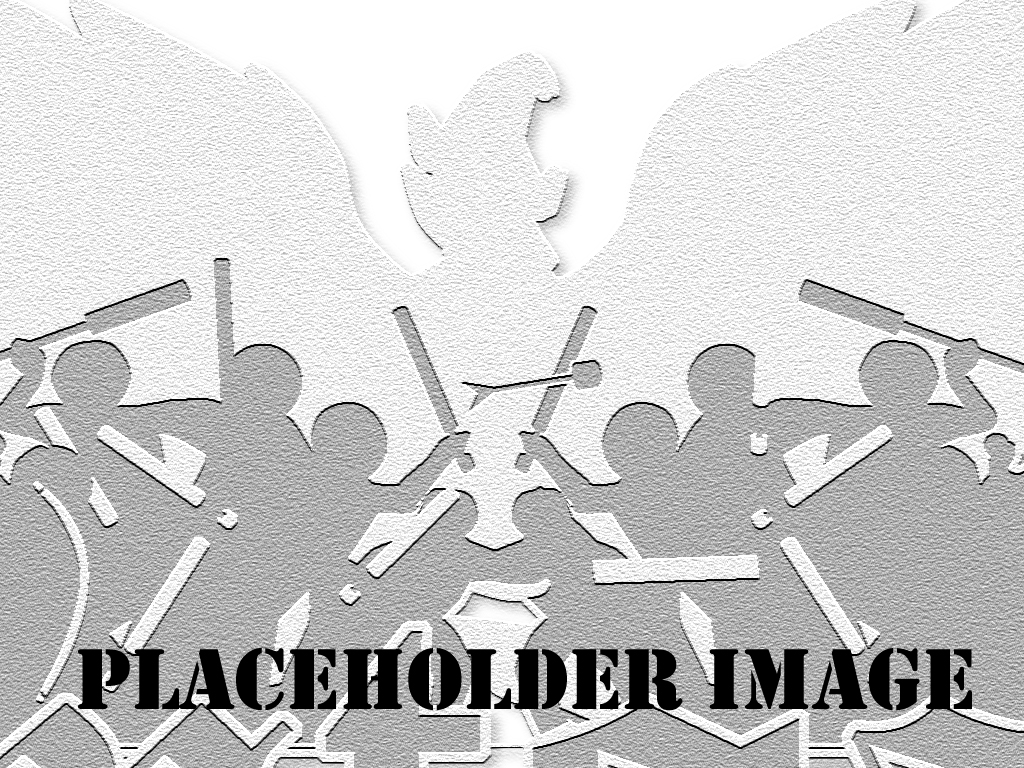V9: Ambiguous Armor
From AmtWiki
This page is part of the Official Amtgard V9 Alpha-Playtest Rulebook.
- The Amtwiki is the official home and primary source for Amtgard V9 Rules as of February 25, 2023.
- These rules are currently in Open Alpha Playtest. See the Playtest Disclaimer for more details.
- To learn more about Amtgard V9 Development, please visit Amtgard.com.
- To view the current Amtgard V8 ruleset, please see the Amtgard V8 Rulebook.
Ambiguous Armor
For armor pieces that are ambiguous, the equipment inspector should compare it to each tier as a whole and do their best assign to the tier they feel is most appropriate based on factors such as materials, weight, flexibility, and visuals (see guide below).
- Inspectors should reference similar styles and materials to help gauge what bonuses or penalties may be appropriate.
- Ambiguous Armor must still meet the Universal Equipment Requirements.
Below is a simple guide that inspectors may use to gauge the best tier for an ambiguous piece of armor. Use this knowledge alongside existing styles to help place the armor in a tier that is fair for everyone.
- Non-Metal Tier Cap: Non-metal armors should not be placed higher than Tier 3, regardless of the factors below.
- Weight: Heavier armor should be placed higher, but only to a limit. The lowest tier armors are quilted cloth (0.03 lbs/sqft) and the highest tier armors are 14ga aluminum plate (approx. 1 lbs/sqft). Extra weight beyond these bounds should receive no additional consideration, however steel-like materials may receive a separate construction bonus afterwards. Weight added for no reason other than to add weight should likewise be disregarded.
- Flexibility: The more rigid the armor is, the higher it should be placed. The lowest tier armors are fabric and the highest tier armors are reinforced metal plates.
- Tiebreaker - Visuals: If there is difficulty deciding between two tiers, visual appearance can act as a tiebreaker to nudge the decision one way or the other.
- Helpful Benchmarks: Consider using these benchmarks to help peg an initial placement and then fine tune it using the other criteria above.
- Ambiguous armor that meets the universal equipment requirements is always eligible for Tier 1 at minimum.
- Ambiguous armor that is primarily rigid and non-metal should be placed roughly around Tier 2 or Tier 3.
- Ambiguous armor that is primarily metal and primarily rigid should be placed roughly around Tier 4 or Tier 5.
Note to Players: Buying or crafting ambiguous armor pieces can make your ratings inconsistent. To help mitigate this, consider keeping an Equipment Reference Sheet to help inspectors view previously assigned ratings so they can make quick and confident assessments. Keeping signatures and inspection dates from other Inspectors will add further credibility and stability to your ratings.
Armor Styles Tier 1: Cloth/Padded Armor
Tier 2: Light Leather · Butcher's Mail / Sharkmail
Tier 3: Heavy Leather · Chainmail · Rigid Non-Metal Armor
Tier 4: Light Scale
Tier 5: Heavy Scale · Butted Plate
Tier 6: Lamellar and Laminar · Brigandine · Plate
Special: Ambiguous Armor
Physical Armor Gameplay Rules · Construction Rules · Rating Armor & Calculating Armor Points · Armor Styles
Armor General Rules · Natural Armor · Physical Armor
Equipment Equipment Basics · Equipment Use Terms · Weapons · Shields · Armor · Color Code · Visual Indicators


